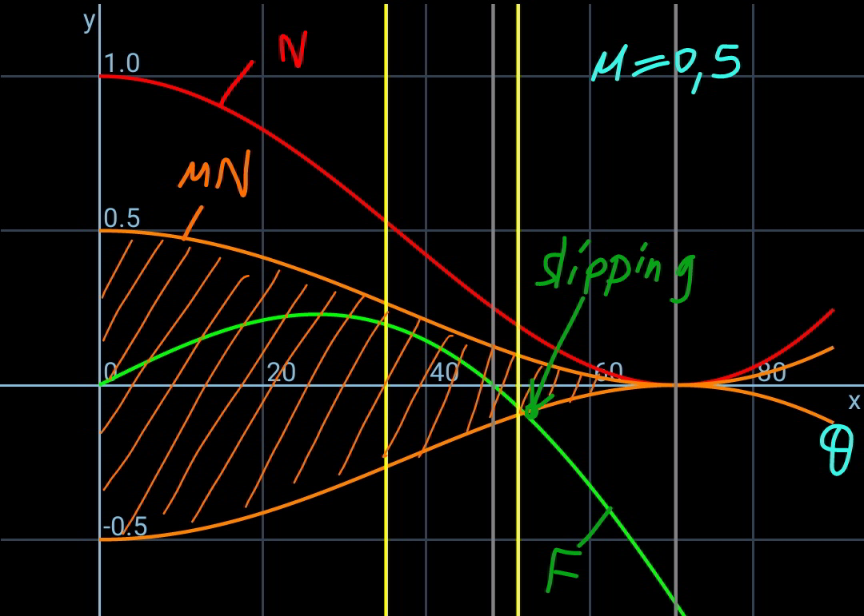
Question and Answers Forum
Question Number 134064 by mr W last updated on 27/Feb/21
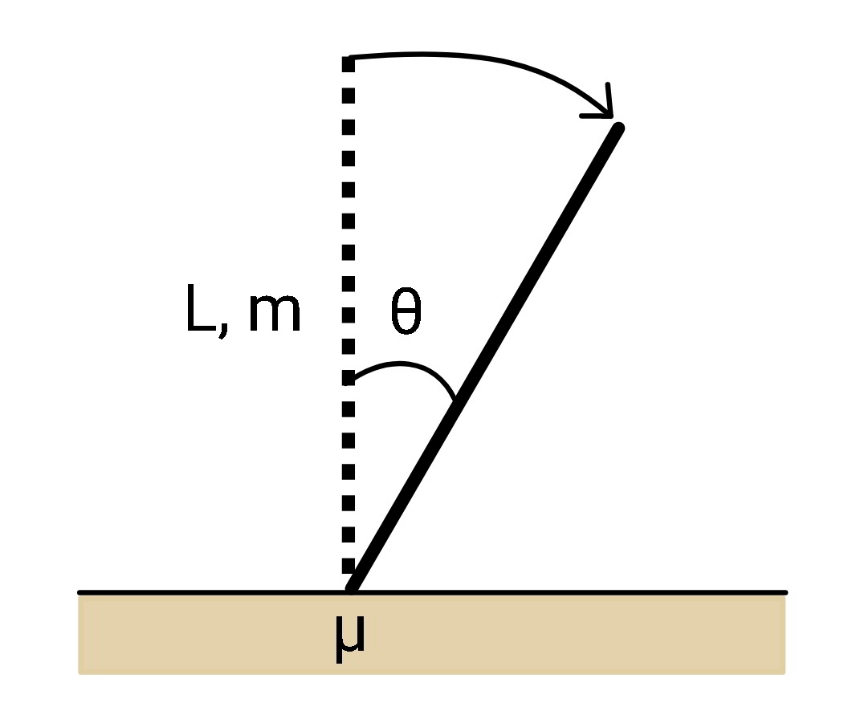
Commented by mr W last updated on 27/Feb/21

Answered by mr W last updated on 27/Feb/21
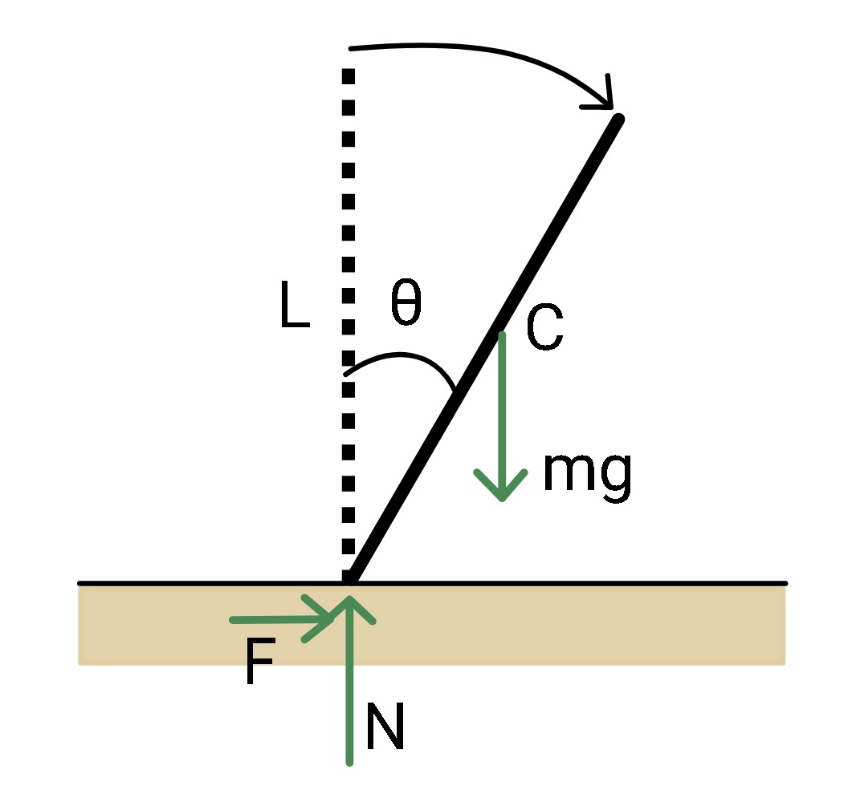
Commented by mr W last updated on 28/Feb/21
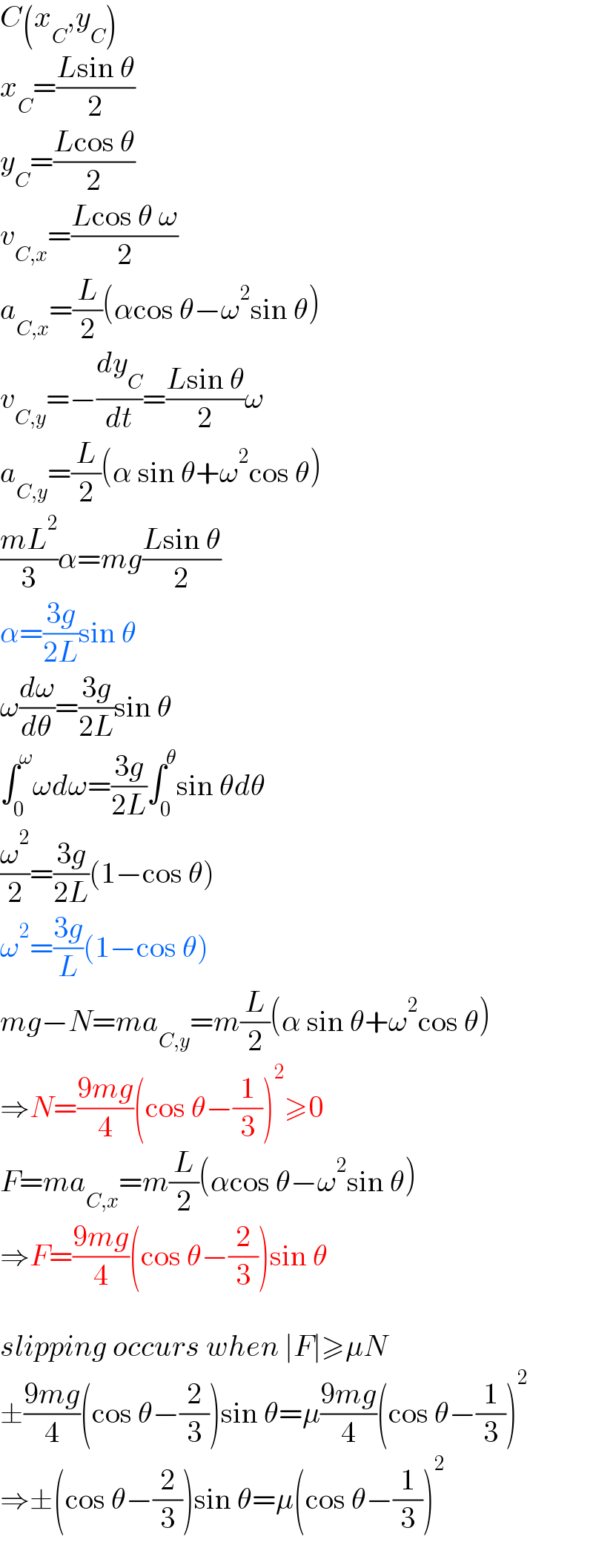
Commented by mr W last updated on 01/Mar/21
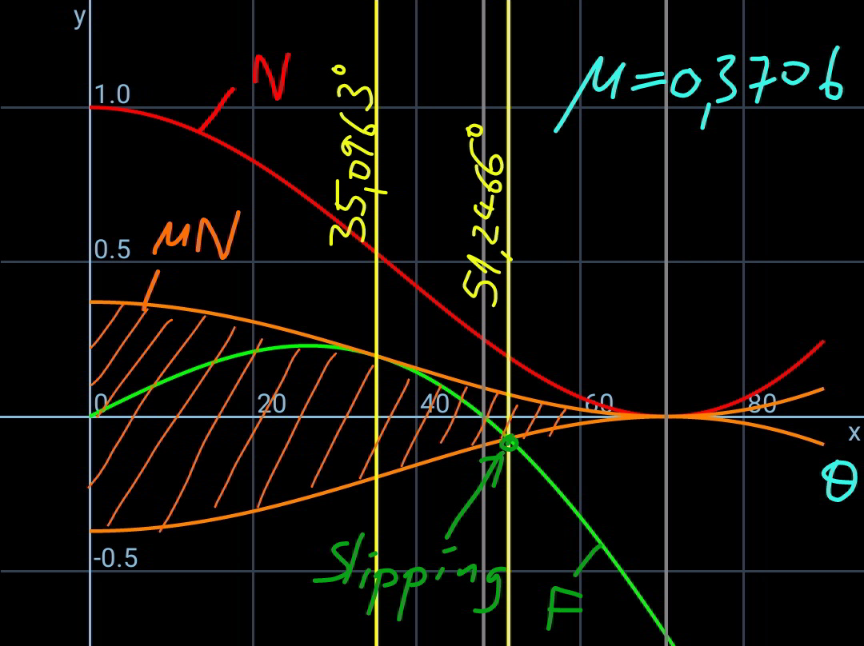
Commented by mr W last updated on 01/Mar/21
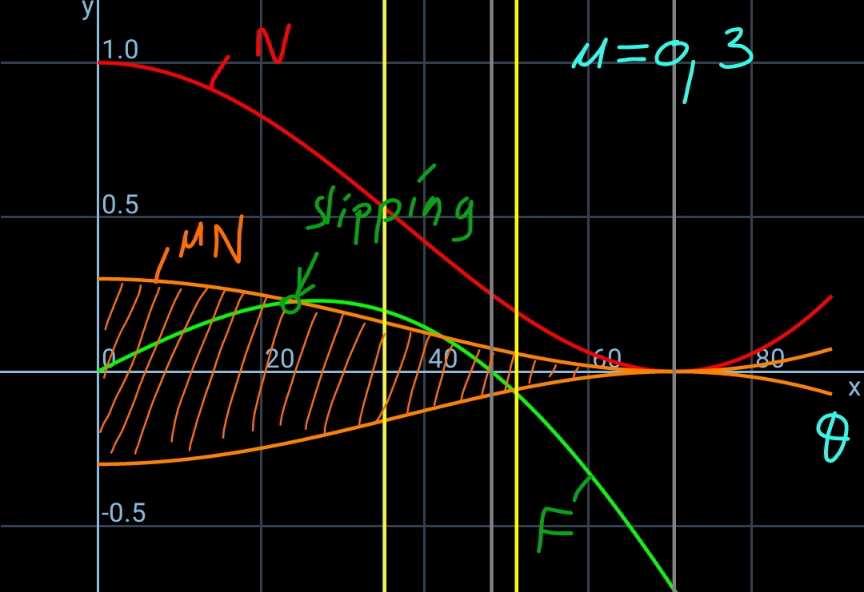
Commented by mr W last updated on 01/Mar/21
